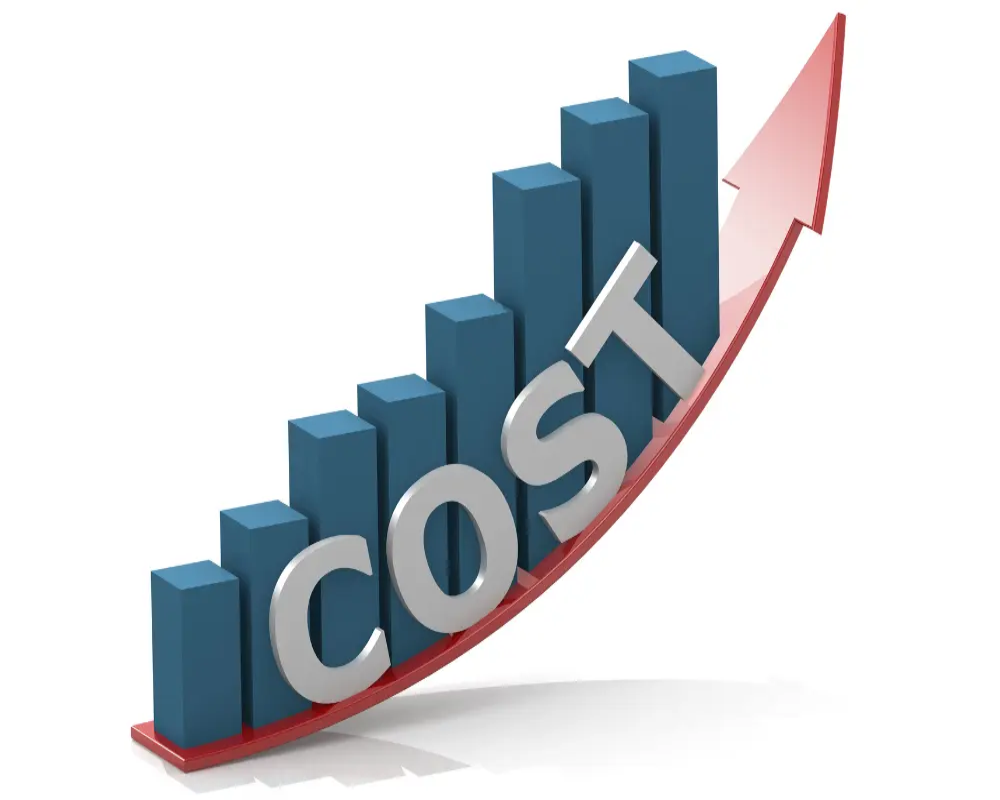Introduction
Land improvement costs refer to the expenses incurred in making a piece of land suitable for development or use, particularly in the context of real estate or commercial projects. These costs can vary widely depending on the land’s current condition, location, and intended use. Land improvements are often necessary to enhance the value of the land, increase its usability, or meet regulatory requirements before construction or other projects can commence. Understanding the typical components of land improvement costs is essential for developers, investors, and stakeholders in managing budgets and planning effectively.
Site Preparation and Excavation
One of the primary components of land improvement costs involves preparing the land for development. Site preparation includes clearing the land of any obstacles such as trees, rocks, old structures, or debris. This process often requires excavation to level the land or to create the necessary topography for the project. Excavation may also be needed to remove underground materials like soil or rock, which can affect the foundation and overall structural integrity of the development.
This stage may also involve grading, which is the process of shaping the land to ensure proper drainage and to prepare it for the laying of foundations or roads. The cost of site preparation and excavation depends on factors such as the size of the land, the type of terrain, and the complexity of the site.
Utilities and Infrastructure Installation
Another significant component of land improvement costs is the installation of utilities and infrastructure. This includes providing access to essential services like water, sewage, electricity, and gas. For many commercial or residential projects, connecting the land to municipal systems or establishing independent utilities is essential before construction can begin.
In addition to basic utilities, infrastructure improvements might include road construction, curbing, sidewalks, and parking lots. Depending on the project’s scope, infrastructure can also involve stormwater management systems such as drainage ditches, culverts, and retention ponds to prevent flooding or erosion.
The costs associated with utilities and infrastructure vary depending on the complexity of the installation, the distance from existing utility lines, and local regulations. In some areas, the land may require significant upgrades to accommodate modern utility needs, adding to the overall cost.
Landscaping and Environmental Considerations
Landscaping is another aspect of land improvement that can contribute significantly to the overall cost. This may include planting grass, trees, shrubs, and installing irrigation systems to enhance the aesthetic appeal and functionality of the land. Landscaping is particularly important for projects that require a green environment or are situated in areas where aesthetics are a key factor in attracting tenants or customers, such as commercial office parks or residential developments.
Additionally, land improvement costs may include addressing environmental concerns. This could involve soil remediation, which is the process of cleaning up contaminated or polluted land to meet regulatory standards. Environmental studies and assessments may be required to ensure that the land is suitable for development and to avoid potential legal or ecological issues later on.
Access and Roadway Development
For many land developments, especially those in rural or undeveloped areas, creating access to the site is crucial. This can include the construction of roads, driveways, or access routes that allow for safe and efficient transportation to and from the property. These access points may need to meet specific local regulations regarding width, grade, and safety standards.
Road development also includes work related to curbs, gutters, and drainage systems that help direct water flow away from roads and prevent erosion. The costs of constructing and maintaining these access routes can vary depending on the location, the need for special construction techniques, and the length of the road or driveway.
Soil Stabilization and Drainage
Proper soil stabilization and drainage systems are key to ensuring the structural integrity of any development. Soil stabilization involves improving the ground’s load-bearing capacity to support buildings, roads, or other heavy structures. This may involve techniques such as compaction, chemical treatments, or adding gravel or sand to improve the soil’s properties.
In addition, effective drainage is crucial to prevent water accumulation, which could lead to erosion or flooding on the land. This may involve the installation of drainage pipes, catch basins, or grading to direct water away from the site. The cost of soil stabilization and drainage depends on the type of soil, local weather conditions, and the specific needs of the development.
Permits, Fees, and Legal Costs
Land improvement projects often require a variety of permits and approvals from local authorities. These may include zoning permits, environmental clearances, building permits, and inspections. The costs associated with obtaining these permits can be substantial, especially if the land requires rezoning or a change of use.
In addition to the direct costs of permits and legal fees, developers may need to pay fees for impact studies or environmental assessments that evaluate how the development will affect the surrounding area. Legal costs may also be incurred if there are disputes related to land ownership, environmental regulations, or other factors that require legal intervention.
Conclusion
Land improvement costs are a crucial part of the overall development budget, as they involve a wide range of activities necessary to prepare a piece of land for construction or other uses. From site preparation and excavation to the installation of utilities, landscaping, and infrastructure, these costs can vary greatly depending on the land’s condition and location. It is essential for developers and investors to carefully assess these components and incorporate them into their financial plans to ensure the success of the project. Understanding the typical components of land improvement costs not only helps in managing resources effectively but also provides a clearer picture of the total investment required for a successful development.
Hashtags
#LandImprovement #CostComponents #LandDevelopment #RealEstateInvesting #PropertyEnhancement #SitePreparation #ConstructionCosts #LandManagement #InfrastructureInvestment #SoilQuality #EnvironmentalImpact #LandUsePlanning #BudgetingForLand #AgriculturalImprovements #LandValue #SustainableDevelopment #PropertyInvestment #CostAnalysis #LandRestoration #InvestmentStrategy


